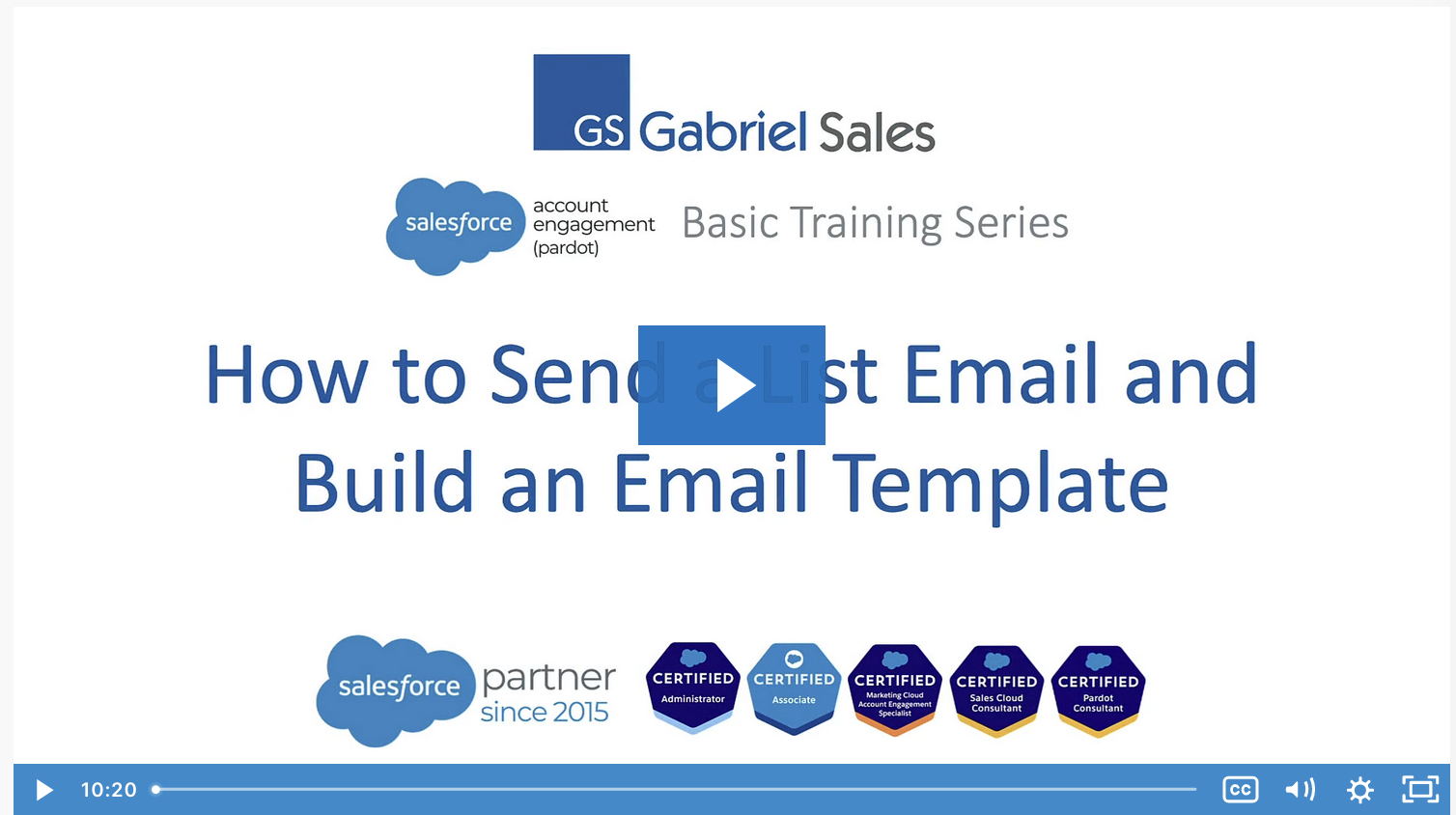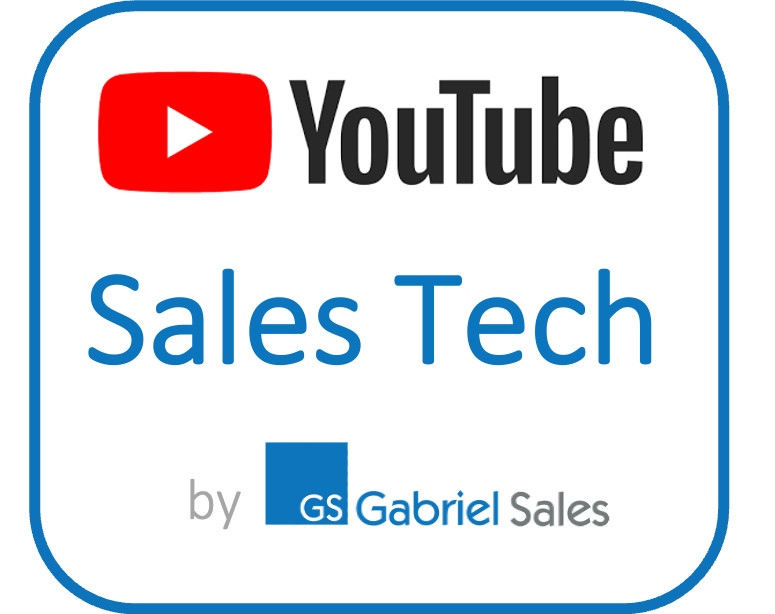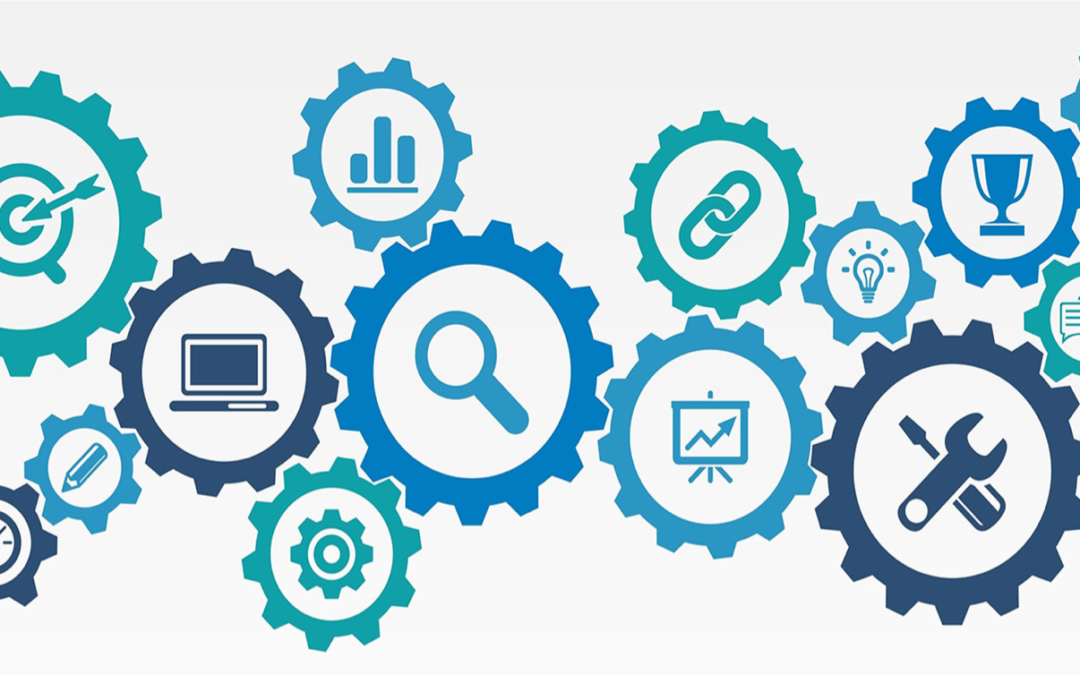Should you build a strong internal team, or consider outsourced sales and marketing helps small business grow operation? The question commonly arises for growing businesses with limited resources. Accounting, production, and other department face the same general question. So naturally, the same is true for sales and marketing.
Some vendors will tell you that outsourcing is always the better idea. That’s not necessarily the case. While working with an external partner is undoubtedly beneficial in some situations, others may actually benefit from an in-house approach. Don’t be seduced by a vendor that pushes sales outsourcing simply because they want your business to build their own revenue.
Instead, approach the question strategically. Determine whether or not you should outsource your sales and marketing operations based on your unique business situation. Evaluate your environment, capacity, business goals, and priorities. The fewer variables remain, the better your final decision will be for your situation.
Make no mistake: outsourced marketing can help your small or medium-sized business thrive. And yet, according to one recent survey, only 3% of SMBs actually work with an external marketing vendor. Should you be part of that exclusive group? Your business finds itself in one of the below five situations, the answer might just be yes.
Here are 5 Situations in Which Outsourced Sales and Marketing Helps Small Business Thrive
1) Your Business Lacks Marketing and Sales Integration
The age of cold calls is long gone. Too often, business owners and decision makers consider marketing and sales to be two distinct operations. The problem is that your target audience doesn’t see it that way.
Whether they read your website content or receive a sales email, they’re thinking of the same brand. That means your messaging and strategy has to be consistent, regardless of whether you’re writing about industry trends to build credibility or delivering a sales pitch.
That means the two efforts and teams have to match up. The goal of both is to acquire and retain customers, with marketing providing the initial brand awareness and leads that your sales efforts are designed to close. Align your marketing and sales team, and the results can be astounding. Consider the statistics:
- 56% of aligned organizations met their revenue goals, and 19% beat their goals.
- Sales and marketing alignment delivers, on average, a 36% improvement in customer retention and 38% higher sales-win rates.
- Aligned organizations achieve up to 19% faster revenue growth – and 15% higher profitability.
And yet, too often, the opposite is the case. Sales and marketing operate as distinct entities, with their own unique goals. As a result, they often become isolated, and the organization fails to reach business goals. When that happens, you might need to consider working with an external marketing and sales vendor.
Through this type of partnership, the alignment becomes more natural. Rather than having to spend time managing both units on your end, you can work with a partner who builds a wholistic, strategic approach that encompasses both. Especially to begin the integration process on your end, this can be a crucial step.
2) You Lack the Capacity or Resources to Manage an In-House Team
Managing a sales and marketing team can be difficult. Sales especially faces common obstacles, as you need to keep the balance of a confident staff not overburdened by challenging goals that still is motivated enough to meet these goals.
Beat them up too much about your sales goals, and they lose confidence. Fail to hold them accountable, and the sales pipe built by marketing never bears fruit. When you cannot hold that balance, while folding marketing into the mix, it might make sense to delegate your sales and marketing management to an external partner.
Through that partner, you can set firm goals that are both strategic and ambitious. Both the chances of hitting these goals and the satisfaction of your organizational team will increase drastically.
Resource limitations pose a similar problem. Organizational expertise takes time to develop, because it tends to be driven by measurement and verification against feedback loop. You need the historical data to benchmark your performance against, which can be impossible when you’re starting from scratch.
Plugging your sales goals into an existing sales process and operation means you can save your resources for other organizational priorities. That’s especially crucial if you need to focus your talent and executive leadership on those aspects of your core business.
Is your time better spent in business development than sales? Does your delivery, client satisfaction, or product development need more attention? Outsourcing your sales may be the key to focus on your core business needs without neglecting the growth of your customer base.
3) You Need to Control Your Operational Risk
Especially as a startup grows, but also throughout your growth cycle as a business, managing operational risk is crucial. Outsourcing your customer growth initiatives will almost always help to accomplish that goal.
Put simply, working with an external sales or marketing partner will remove a significant chunk of your fixed costs and move them to a variable expense, for a number of reasons:
- You won’t need hard infrastructure investments n technologies and marketing platforms.
- You won’t need to hire a full-time sales and marketing staff.
- Your investment will be more closely tied to output, rather than becoming an inevitable expense.
- Total costs of a fully functioning sales machine, including talent, managers, executives, and marketing support will range around the cost of a single senior enterprise representative.
- You will not need to invest in ongoing training and development to keep your own sales and marketing staff active and successful.
In most cases, outsourced sales organizations are bound contractually to hit their targets, report on progress and benchmarks, and provide feedback that can improve your organization. The result is a more informed, data-based sales strategy that is more likely to succeed.
Managing your risk also becomes a qualitative function. Over the past few years, sales execution has become more buyer-focused, moving from the relatively linear ‘traditional’ process to a more fluid, credibility-based alternative. You either have to add new resources to account for that trend, or risk wasting your resources on an outdated, ineffective model.
But if you hire for this shift to a buyer-centric environment, you run into another risk. Adding full-time executives to your sales and marketing team might mean you begin to accumulate too many strategists, and not enough soldiers. Pulling together the strategic side and tactical execution of both sales and marketing is expensive, and can incur significant uncertainty. In an outsourced approach, that is not the case. The same partner will account for both sides of the coin, building an initial and ongoing strategy that tightly integrates with its execution.
4) You Have to Reduce Your Time to Market
The time to market for your business or product may matter for a number of reasons. You might need to contend with a highly competitive environment, satisfy your investors, or ensure the fulfillment of pre-orders. A number of factors influence that process, but don’t forget about your marketing and sales operations.
Even the most well-built product or service cannot effectively reach the market if you don’t know how to unlock your future customers. You need both an understanding of your market, as well as a strategy and a team ready to leverage that understanding into actual sales results.
When you outsource, you get the benefit of plugging into an existing mechanism to achieve those goals:
- Your sales strategy can be built even as you’re still developing the product.
- The technologies and platforms needed for an effective sales and marketing execution are already in place.
- You can tap into a sales and marketing team that is already aligned and works well together.
- You don’t have to spend time onboarding a new team for your business.
- You can leverage existing, real-time market intelligence to keep a pulse on the market and adjust your strategy as necessary.
Time to Market is not always an important consideration. But when it is, outsourcing can quickly become a crucial step. You save valuable time in getting your product ready for and in front of your audience. Recruiting, building, and training your sales force can take months if not years. External marketing and sales can help you avoid delays that could otherwise devastate your competitiveness.
5) You Need to Scale a Growing Operation
Time to market, of course, is only one consideration. As demand grows, your business needs to keep pace. Even if you’ve built up a reliable internal sales operation for a startup, that operation may no longer be effective as you grow into a mid-size business.
The same is true on the opposite end. In fact, downsizing your sales and marketing may be even more difficult than upsizing the same process. Thanks in part to the fixed costs mentioned above, you will be saddled with investments and resources that cannot be effectively deployed.
Now, consider the alternative of working with an external sales partner. The right provider already has the ability to manage any increase or decrease in scale built into the system. The technology platforms account for both growth and declines. The phone systems and workforce are in place to adjust as needed.
The same is also true if you want to grow to a specific size and revenue, then stabilize. During your growth phase, it might make sense to work with an outsourced vendor. As you reach majority, you can work with the same vendor to transfer the earned infrastructure and expertise in-house, and establish your own sales operations. As long as you’re open and honest about that intent from the beginning, you can find a vendor that helps both in the build-up and the transfer.
Should You Outsource Your Sales and Marketing Efforts?
There is no simple answer to that question. Instead, you should evaluate your current situation, and determine based on your existing infrastructure as well as forecasted sales whether finding an outsourced provider makes sense. If you find yourself in any of the above situations, the answer will probably be yes.
In that case, you still need to find a reliable partner who can actually accomplish everything that outsourced marketing and sales are capable of. That provider should not just possess built-up expertise in your core area of need, but also the desire to become a true partner who is invested in your business success.
We can be that partner for you. Outsourced sales and marketing helps small businesses grow. In fact, our integrated approach to modern marketing and sales makes us the perfect fit to help your business grow and optimize its sales efforts. Contact us for more information, and to start discussing a potential partnership.
About Us
Gabriel Sales specializes in helping SMBs and Startups grow their business with modern outsourced sales and marketing operations.
Our team can augment gaps in your existing sales and marketing operations or we can be leveraged for full-service campaigns that include:
- Integrated Sales and Marketing Strategies
- Database Research and Targeting
- Automation and CRM Systems Best Practices Implementation
- Inbound Lead Generation
- Outbound Lead Generation and Lead Scoring
- Sales Qualification
- Closing
To learn more about how we can help you grow your business (or decide if we are the right fit for you), we invite you to visit our page that details our integrated approach to sales and marketing outsourcing. Or feel free to contact us for free initial consultation and discovery session to see if our approach is the right fit to help you hit your revenue targets.










